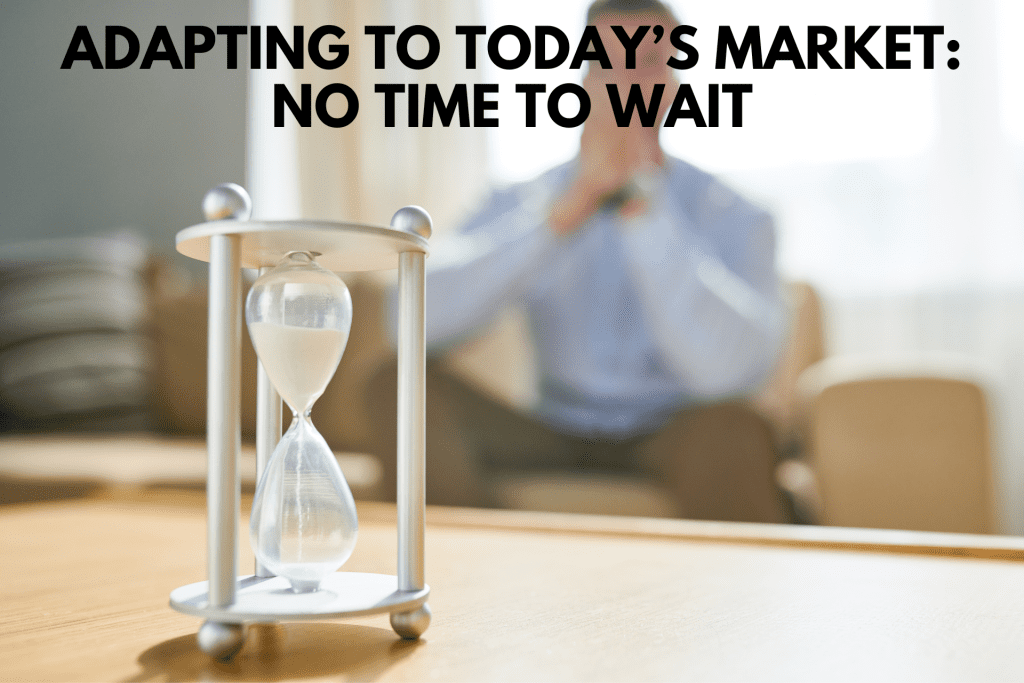
For many young Australians today, the dream of owning a home may feel out of reach. With property prices soaring, the traditional approach of saving for years to afford a home deposit no longer seems realistic for most. However, there’s a smarter alternative that allows young people to build wealth without needing to save a massive deposit: reinvesting in real estate.
“Rentvesting”—the strategy of renting a property to live in while investing in one (or several) for financial growth—has gained traction as an achievable and effective way for young Australians to grow their wealth. By starting small, staying calculated, and viewing property as a business opportunity, young investors can eventually scale up to purchase a dream home, all while building a diversified property portfolio. Here’s why reinvesting is a smart move for young Australians, with tips and statistics to back it up.
1. Home Ownership is Increasingly Out of Reach
The CoreLogic monthly Home Value Index (HVI) reports that the median home value has increased to $802,357, up from $798,207 in July. For younger generations just entering the workforce, saving a 20% deposit—around AUD 150,000—can feel impossible, especially when factoring in the cost of living and student loans. The reality is that property values have increased much faster than wages, making traditional home ownership challenging without substantial assistance or high income.
However, this doesn’t mean young Australians should give up on property altogether. By investing in affordable properties in high-demand areas, young people can still participate in the real estate market. Instead of waiting for years to save a deposit, reinvesting provides a way to accumulate equity, access property value growth, and use those gains to continue scaling up their portfolio.
2. Adapting to Today’s Market: No Time to Wait

With property prices rising faster than incomes, the “wait and save” approach could actually cost young Australians in the long run. As prices increase, deposits grow larger, and the dream of homeownership drifts further away. Entering the property market early by buying investment properties is a way to adapt to these new realities. By beginning to invest sooner rather than later, young people can benefit from market growth and start building a valuable asset base.
This strategy has proved effective: according to recent survey, the average annual price growth rate for residential property is around 6.8% in Australia. Even with fluctuations, investing sooner rather than waiting is likely to yield gains over time. By reinvesting early, young Australians can participate in property value appreciation rather than being left behind.
3. Start Small: Consider Affordable Properties
A common misconception among young investors is that they need to buy a large or expensive property to get started. In reality, starting with smaller, more affordable properties in the AUD 200,000 to AUD 300,000 range can be a smart and manageable first step. Not only are smaller properties more affordable, but they’re often located in emerging or regional markets where rental demand is growing.
For example, cities like Adelaide and Hobart offer lower entry points for property investment and have recently seen steady price growth and high rental demand. According to the Australian Bureau of Statistics (ABS), regional housing prices rose by 18% in 2022 alone, outpacing capital cities. These affordable, high-growth areas offer excellent opportunities for young investors starting with a limited budget.
4. Think Like a Businessperson: Be Calculative and Strategic
When investing in property, it’s crucial to treat each investment as a business decision. Young investors should be calculative and strategic about location, rental yields, and property management costs to ensure each purchase adds to their financial stability. Key factors to consider include vacancy rates, maintenance costs, and tax implications like negative gearing.
Property management also plays a critical role here. By hiring a professional property manager, young investors can handle their rental properties efficiently while maintaining a strong work-life balance. Rental income needs to be predictable and sustainable, which is why choosing the right investment is essential. Think about cash flow as well as capital growth potential, and avoid overcommitting financially on your first investment.
Using these criteria, young investors can start building a cash flow-positive portfolio, providing stability and flexibility to make future purchases as opportunities arise.
5. Scaling Up: Leverage Gains to Build a Portfolio
Once an investor has built up equity and cash flow with a small property, the next step is scaling up. This is where the power of reinvesting becomes clear. By using the equity gained from an initial property, young investors can secure financing for additional properties without needing large cash deposits.
For example, if a property initially purchased for AUD 250,000 appreciates by 5% per year, the investor can use this equity to fund the purchase of a second property. Over time, a portfolio of well-chosen, income-generating properties can create a steady revenue stream and a significant base of wealth. By the time they’re ready to purchase their dream home, they’ll have several investments to support them financially and possibly even generate enough income to cover their own mortgage.
6. Continue Renting While Building Wealth with Rentvesting
“Rentvesting” has become a popular solution among young Australians who want to stay flexible while building wealth. This strategy allows investors to live in a rental property in their preferred area, while using their capital to invest in properties in growth regions with strong rental demand. By reinvesting rather than buying a home to live in, young Australians can work toward long-term wealth while keeping their living arrangements flexible.
According to Property Investment Professionals of Australia (PIPA), over 60% of Australians under 30 see rentvesting as a viable path to homeownership. They recognize that, by continuing to rent, they avoid putting all their financial resources into a single asset. With rentvesting, they can own a diversified portfolio of properties across different regions, reducing their overall risk.
7. Aim for the Dream Home—Eventually
With the wealth accumulated through reinvesting, young investors can work toward buying their dream home—without overextending financially. By focusing on income-generating properties and using the rentvesting model, young Australians can save and build their portfolio until they’re ready to make a final purchase.
Ultimately, reinvesting offers a pathway for young Australians to accumulate wealth and achieve financial security on their terms. By adapting to current market dynamics and leveraging smart investment strategies, they can take control of their financial future—even in a challenging housing market.
Wrapping It Up
For young Australians, reinvesting in real estate is a powerful way to overcome market challenges and build long-term wealth. From adapting to the market realities to starting small and scaling up over time, there are numerous advantages to reinvesting over traditional homeownership. By viewing property as a business, strategically leveraging gains, and embracing the flexibility of rentvesting, young people can create a strong financial future.
Reinvesting isn’t just a workaround—it’s a proven wealth-building strategy that can transform how young Australians achieve financial security, no matter the state of the market.

